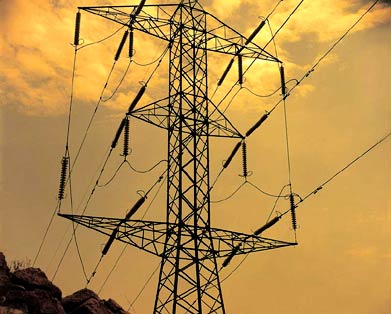News
 In Peru, about 60,000 households or 240,000 people in rural communities have gained access to electricity through a program that will reach almost 500,000 people by the Rural Electrification Project's close in September 2012. The Project is helping the Peruvian government bring electricity to rural communities through extension of the electricity grid or regulated service with individual solar home systems.
In Peru, about 60,000 households or 240,000 people in rural communities have gained access to electricity through a program that will reach almost 500,000 people by the Rural Electrification Project's close in September 2012. The Project is helping the Peruvian government bring electricity to rural communities through extension of the electricity grid or regulated service with individual solar home systems.
When the Rural Electrification Project began in mid-2006, more than six million people—30 percent of the population—in the predominantly poor rural areas of Peru did not have access to electricity. This Project is helping to step up access rates. The Rural Electrification Project, assisted by the World Bank and the Global Environmental Facility (GEF), benefited from analytical studies funded by the Energy Sector Management Assistance Program (ESMAP) during the early stages of identification and inception of the Project, including a national rural energy survey.
“Due to high poverty levels in rural areas of Peru and the growing gap in the quality of life between rural and urban areas, it was important for us to assist the Government of Peru to invest in basic rural infrastructure, such as electricity distribution,“ said Susan Bogach, the World Bank’s Senior Energy Specialist. “ In addition to supporting the extension of the grid, the Rural Electrification Project is assisting the Government to provide service to the poorest and most isolated people by supporting the development of regulated electricity service using individual solar photovoltaic systems, thus contributing to Peru's efforts to diversify the energy mix by using renewable energy. In addition, we are assisting the Government in their efforts to develop clean hydropower." Bogach said.
Benefits to Rural Communities
The project is helping rural families use electricity to increase their productivity and income. In turn, this will increase rural electricity usage levels, making its provision more economical. Because most rural households use electricity only to power lights and a radio or small TV, they often miss out on income-generating opportunities. The promotion of productive uses by the Rural Electrification Project gives many rural families the opportunity to use electrical equipment to process their agricultural, wood and metal products, thereby, thereby increasing their productivity and income levels.
Related Links
